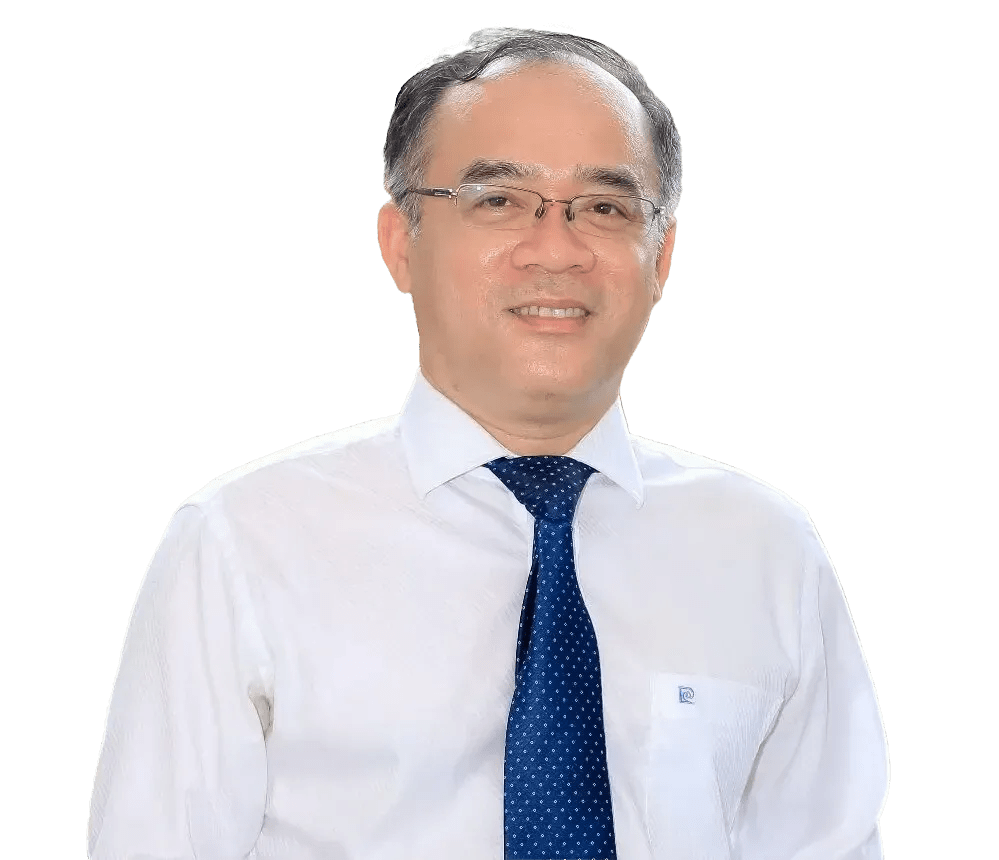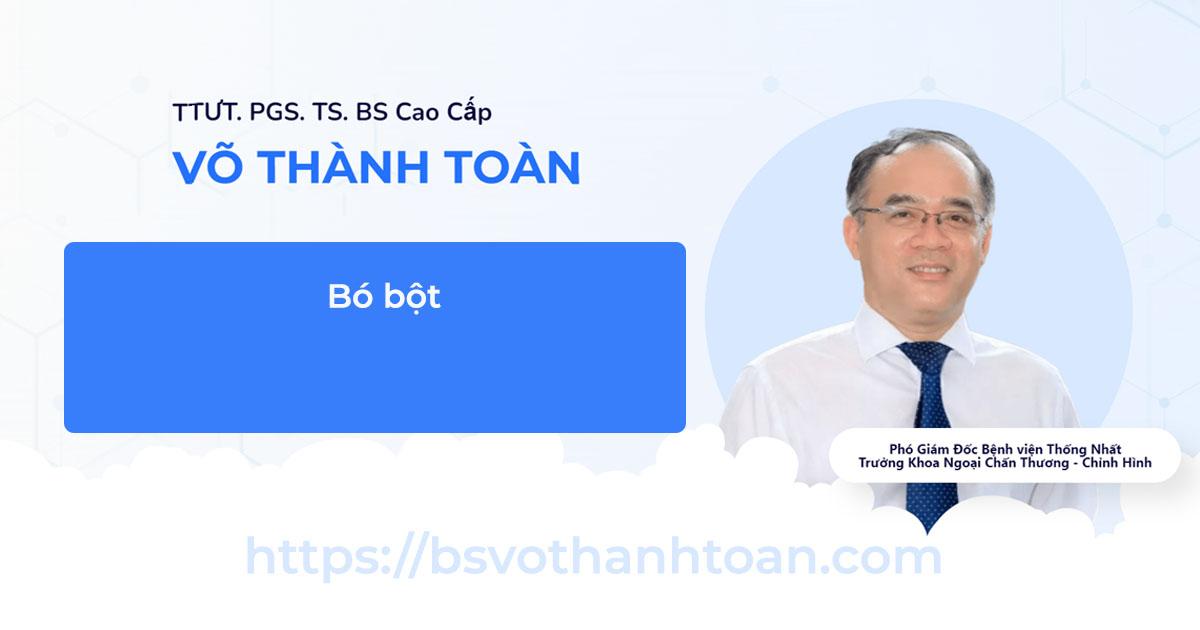Table of contents [hide]
1. GENERAL OBJECTIVES
A cast is a method of immobilizing the bone, using a solid material wrapped around the injured area. This method helps to keep the bones in an anatomical position, reducing swelling and pain. At the same time speeding up the process bone healing and help the bones heal properly.
Usually, a cast is indicated for patients with fracture, mild fracture or used after surgery open fracture. In many other cases, this method is applied to motionless Temporarily broken bones while awaiting surgery or after orthopedic surgery.
2. TYPES OF POWDER
2.1 Gypsum powder
Gypsum powder obtained when calcining and grinding gypsum mineral (CaSO4.2FUL2O). When mixed with water, it will be plastered and can be shaped at will. Thermogenic hydrolyzed gypsum powder can cause burn if the patient has sensitive skin. As the first powder used to fix bones, there are some disadvantages such as long drying time, heavy weight, easy irritation, unpleasant odor and soft powder when in contact with water.
2.2 Glass powder
The new powder has many advantages over conventional gypsum powder. Dries quickly, generates heat in 5 minutes on contact with water. 5 times lighter, 20 times harder than plaster, waterproof, hygienic when removing powder, unlimited when shooting X-ray, irritant.
2.3 Other powders
There are less common powders such as cotton powder, plastic powder, etc.
3. SMALL INDICATIONS
Most fractures can be cast:
- Cases closed fracture no or little displacement
- Open fracture
- Bone fractures in children
- Temporary immobilization before surgery
- Immobilization after fracture surgery
- Patient does not consent to surgery or is not eligible for surgery
- Casting after surgery of tendon anastomosis, tendon transfer, after limb orthopedic surgery.
4. PRINCIPLES OF SMALL CHOICE
4.1 Early correction
Patients with fractures need to be corrected as soon as possible, before the muscles contract too much and the swelling becomes large. No adjustment for fractures over 2 weeks. Because at this time, the fracture has formed a young can, which does not bring a positive effect when straightening.
4.2 Good emotionlessness
Can numb the broken cell, numb the area, numb the plexus, anesthesia with children. The patient does not have pain, does not cause muscle spasms, does not stimulate, helps to facilitate correction and avoid complications.
4.3 Correcting posture
Alignment in the musculoskeletal position at the joints near the fracture helps to limit displacement and secondary damage:
- Upper extremities: arms extended 60 - 70o, put forward 35o, rotated in 45o, elbow joint fold at 110 . positiono, forearm half supine, hand 10 - 15 . flexedo
- Lower extremities: thighs flexed to the abdomen 40o, knee joint 40 . foldo, ankle joint at position 100o, feet folded 10o.
4.4 Adjust the peripheral head to the center
Pull along the bone axis, limb axis, fix the limb proximal to correct overlapping displacement and a part of other displacements. When the overlap is over, use your hands to correct all side shifts, rotate, fold the angle and check with C-arms or measure landmarks and limb lengths.
4.5 Fixed immediately after adjustment
– Firmly fix the two ends of the broken bone – Fix it through two joints.
5. POLICY POLICY
5.1 Sure
- Thick enough: usually lower limbs need 8-12 layers, upper limbs need 6-8 layers (for plaster powder)
- Long enough: bundle above 1 joint, below 1 joint to ensure that the muscle in the broken area does not contract
- Tight enough: hugs the extremities but not too tight.
5.2 Correct posture
- Right to require treatment
- The cast must be firm, continuous, and long enough.
6. TYPES OF POWDER
6.1 Powder Splint
Shallow cast iron splint: arbitrary length, 5-7 layers, ½ limb circumference – Deep cast splint: fixed 2/3 of the limb.
Point:
- Wounds, software injuries
- Non-displaced fracture, fresh branch fracture – Dislocation.
Advantages: does not cause software compression.
Disadvantages: easy to loose powder, secondary displacement.
6.2 Tube powder
- It is a round powder that covers the body
- Indications: straightening broken bones
- Advantages: firmly fixed
- Cons: can cause powder compression, obstruct circulation.
6.3 Vertical Slitting Powder
- It is a tube powder, but there is a slit along the limb of all layers
- Indications: fractures with great swelling and high risk of compression
- Advantage: avoid pinching powder
- Disadvantages: uncertain fixation, secondary displacement.
6.4 Window opening powder
- Point:
+ Closed fracture there is a software wound
After surgery, the wound should be monitored.
- Advantages: convenient wound care – Cons: weak, easy to break.
6.5 Spanish Flour
Unpadded wound closure powder for patients who cannot afford daily dressing changes.
7. PREPARATION AND TRACKING OF BOLD PATIENTS
- Preparation before the cast:
+ Prepare the cast room, full cast equipment, anesthetic
+ Prepare the patient: explain, clean the bundle area, put the appropriate position.
- Condition of cast:
+ Stabilize the fracture before bundling
+ Prepare cotton pads
+ Full water
+ Check the dough layers do not stick together
+ Keep joints fixed when bundling
+ Need 3 bearing points.
- Follow-up after cast:
+ Put the patient in the correct position when the powder is not dry
+ Cut unnecessary excess dough
+ Do not rotate the patient to avoid powder deformation
+ Make a longitudinal incision in the dough if there is a risk of edema
+ Take a picture X-ray after bunch
+ Check the limb circulation in 24 hours after the bundle.
8. COMPLEX
Usually occurs in patients with lower extremity casts.
8.1 Systemic complications
- Pneumonia:
+ Due to lying for a long time
+ Precautions: let the patient sit up, pat the back, do respiratory physiotherapy.
- Pressure ulcers:
+ Usually in the shoulder, amputee, and crotch due to lack of blood supply when pressed for a long time
+ Precautions: change positions often, lie on water cushions.
- Urinary tract infection
- Constipation
- Deep vein thrombosis:
+ Due to prolonged lower limb immobilization
+ Đề phòng: kê cao chân, tập co cơ, dự phòng bằng thuốc chống đông.
8.2 Local complications
- Powder allergy:
+ Patient has itching, rash, blisters
+ Precautions: cotton lining, soft materials
+ Treatment: change other materials if new, use anti-allergic drugs.
- Pressing powder:
+ Local compression: due to uneven bunion or compression of the bony prominence, treatment is by loosening the powder, if ineffective, then bundling
+ Total compression: occurs within 12-24 hours after the bunion due to too tight bundle or edema caused. Patients have symptoms of increasing pain, feeling of tightness due to edema, numbness and tingling of the extremities, edema of the distal part of the cast, if severe, may lose movement of the limbs. Treatment is by loosening the cast, raising the limbs to reduce edema.
9. MOTORCYCLE RECOVERY
Post-casting patients often have stiffness, if the cast is prolonged, it can cause muscle atrophy, so it is necessary to exercise to recover after the patient is in the cast as well as after the cast is removed.
- Joint movement: exercise the joints in addition to the cast, 10-15 minutes a day 4-6 times, possibly from the 3rd day after the cast
- Exercise to maintain muscle strength: stretch muscles in the dough, contract the muscles outside the dough
- Learning to walk: use crutches to walk for patients with lower extremity casts. Walk with two crutches, support with two hands, do not lean on armpits, shoulders are level, do not support with sick legs. After the bone is healed, you can remove the crutches and learn to walk as usual
- Practice common activities: practice movements up and down stairs, stand up and sit down, practice hand movements, hold a pen, etc. for patients with hand fractures.




